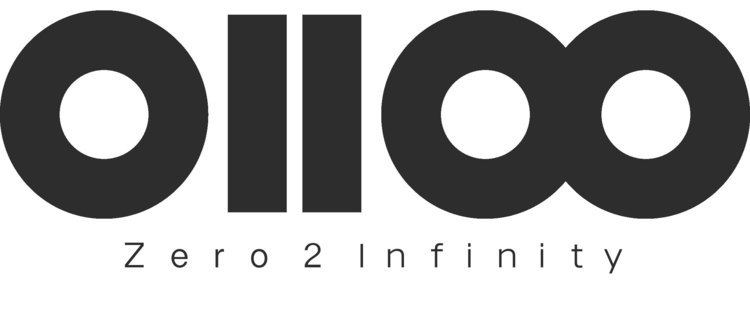Type Private S.L. Area served Worldwide Founded 2009 | Industry Aerospace Products bloostar
bloon | |
 | ||
Founder Jose Mariano López-Urdiales Key people Jose Mariano López-Urdiales CEO Headquarters Spain, Cerdanyola del Vallès, Spain, Barcelona, Spain | ||
Zero 2 Infinity is a private Spanish company that designs and operates high-altitude balloons to provide access to near space and low Earth orbit using balloon-borne spacecraft and a balloon-borne launcher.
Contents
The company was founded in 2009 by aeronautical engineer Jose Mariano López-Urdiales, the current CEO. It is headquartered in Cerdanyola del Vallès, Barcelona, Spain.
Zero 2 Infinity has been testing high-altitude balloons and launching small payloads to high altitudes for scientific institutions and commercial firms for testing elements above most of the Earth's atmosphere. Their launch system has a significantly lower impact on the environment, an advantage over conventional systems. The company's high-altitude balloons may also be used for tourism. As of late 2016, its CEO had suggested that commercial flights could take place as early as 2018.
Products
It currently has two projects in development:
Bloostar
Bloostar is a launch vehicle currently in development. It is based on the rockoon concept: the first stage of the ascent is conducted by the use of a high-altitude balloon up to 30 km (19 mi), where the rocket platform is ignited and detached from the balloon to insert the payload into orbit. The launch vehicle is composed of a set of liquid fuel engines clustered as concentric reusable toroids attached to the central payload. Each toroid works as a stage during the rocket climb once it has been ignited from around 30 km (19 mi) above ground level. The stages are progressively separated of the vehicle and then recovered in Earth, similarly to conventional satellite launch with rockets.
Moreover, the use of several toroid-shaped stages results in an increased stand-off distance to the sonic line during atmospheric entry, reducing the possibility of damaging the stages because of the high temperatures reached. Another possible advantage is the capability to launch satellites with no need of folding them, as a flat-shaped vehicle is capable of fitting panel-deployed satellites right from the launch site.
Bloon
Bloon is a zero emission craft in development, which consists of a high-altitude balloon-borne capsule to perform manned flights to near space and a steerable parachute system for returning autonomously to Earth. It also refers to the balloon-borne craft prototype range of the same company: bloon, minibloon, microbloon and nanobloon which are differentiated among them by their size.
Considering that only a helium balloon is responsible for lifting the load above most of the atmosphere, it is considered a zero emission craft. With this technology, Bloon would carry up to 4 passengers and 2 pilots (6 total crew) to an altitude as high as 36 km (22 mi, 118,110 feet). The vehicle would take from 1.5 to 2 hours to reach maximum altitude, and then stay there for up to 2 hours, with a final descent by steerable parachute after releasing the balloon, using airbags to smooth the landing.
Flights
To date, Zero 2 Infinity has conducted the following high-altitude flights: The company reports that it has conducted over 30 flights as of 2016.
The company also considered to perform another near space flight to generate a 360 degree footage of the solar eclipse of March 20, 2015.
